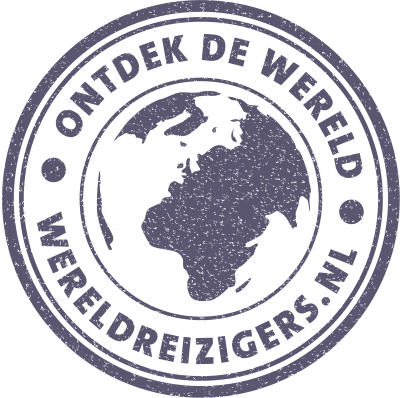The quick and short answer is 14 days. Australia belongs to one of the largest countries in the world† In total you will be in the continent / country Australia have to drive a minimum of 15.823 km to travel via the Highway 1 (also known as Australia's ring road) to complete a full lap. Add in a 20-hour return ferry trip to Tasmania at an average speed of 60 km/h (including short stops), theoretically 14 days is possible. Very unlikely anyone would do that for fun, but it is possible! The recommended travel time for this immense journey is at least 3 months. To really see and experience everything properly, you will need at least 9 to 12 months.
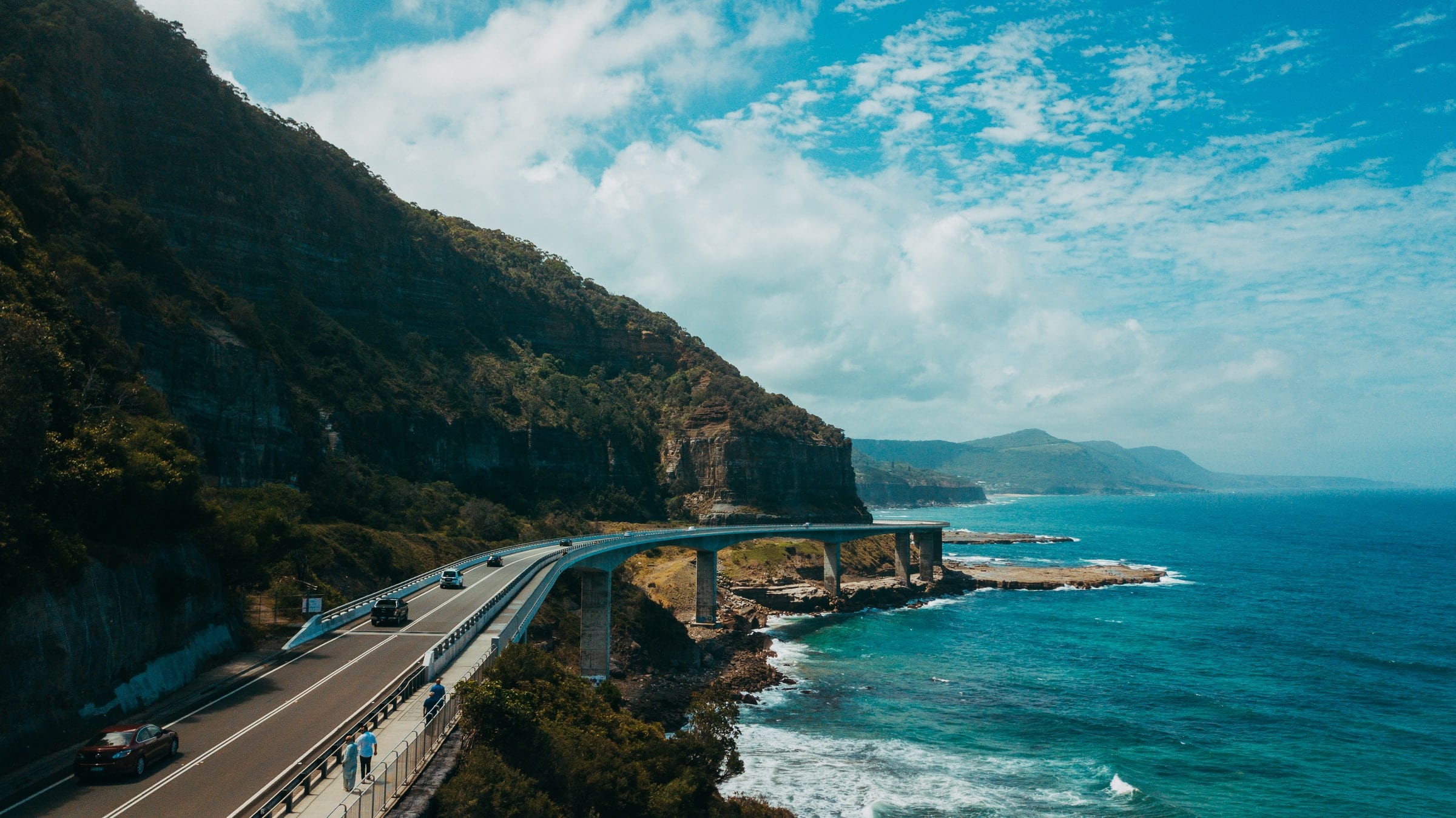
Highway 1 – Longest National Highway in the World
Highway 1 is the highway that makes it possible to drive all around Australia. It is the longest national highway in the world. The Highway 1 ring road through Australia is a combination of roads. This includes major highways such as the Princes Highway, Eyre Highway, Great Northern Highway, Stuart Highway, Bruce Highway, and Pacific Highway to name a few.
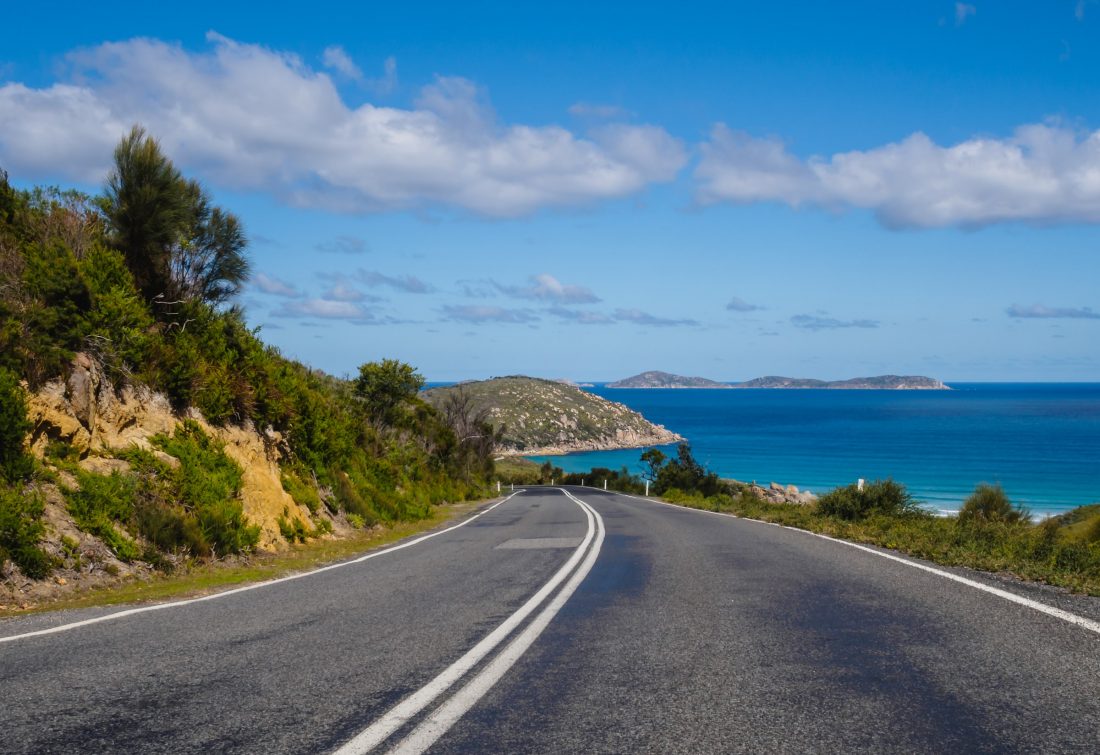
It's not always the shortest route between destinations, but it is the continuous ring road that for the most part runs along the coast and forms a ring road around the island.
If you choose to see Australia by driving on Highway 1 and tearing into the 'outback', you don't even need a map. It is all bitumen and asphalt, well signposted with clear, clear signs and easily accessible.
Sights on Highway 1 ring road
Oh, and you won't see much either. Almost all action and sights are usually a bit (read a few hours) from the highway. You often have to drive a part of the highway towards the coast or more inland. The ring road route is popularly known as 'doing the big round'. Also, the Australia ring road route won't take you through the red desert center to see places like Uluru (Ayers Rock) and Kings Canyon.
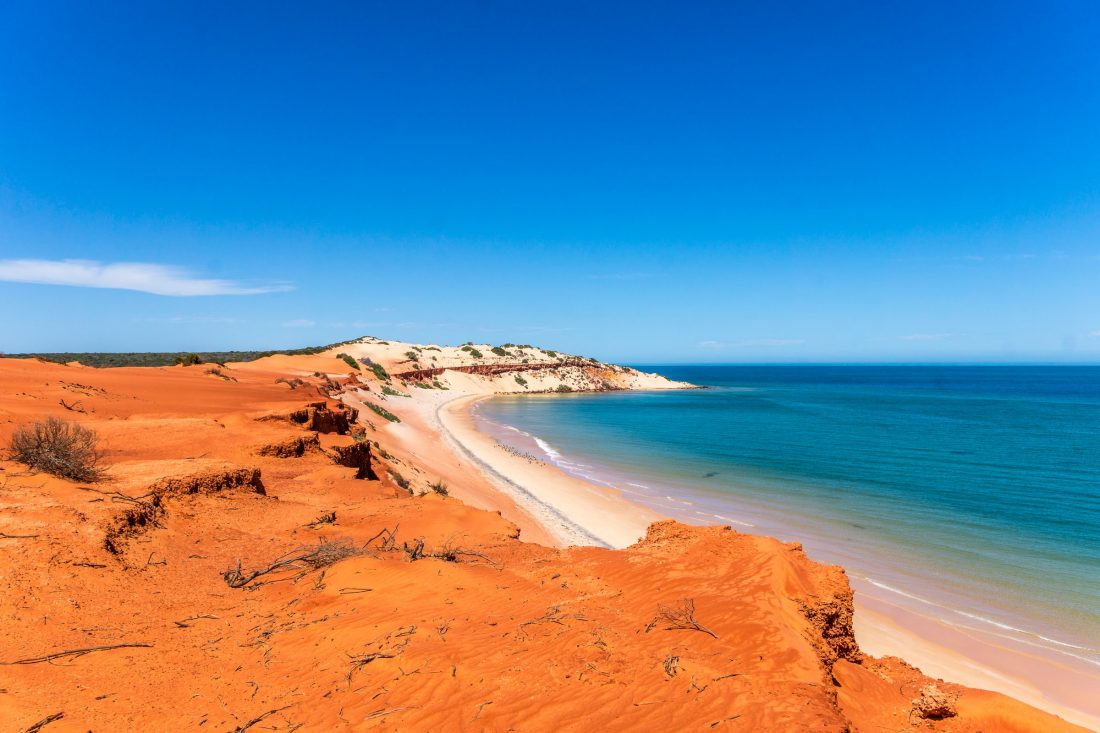
Some people make the trip in a month, others in 3, 6 or 12 months and many 'gray nomads' (retirees) set off and never stop touring. Something you see a lot in America.
No one can tell you how long it will take to travel around Australia as it is a different experience for everyone. Many Europeans like to spend endless hours sunbathing on pristine beaches, while Australians, who have lived on the coast all their lives, may want to delve into the rugged gorges and deserts inland.
What is a realistic travel time?
If the goal is simply to drive around, then 14 days is the minimum, but a month is more realistic. From three months or more, it actually only becomes somewhat comfortable.
Three months
A three month trip through Australia means you get the chance to see some of its most beautiful sights. You will also be able to experience the differences in climatic conditions from north to south, but you feel you will still have to spend a lot of time in the car or camper.
Six months
Six months of Australia travel on Highway 1 allows for a more leisurely pace and the freedom to spend extra days here and there as you see fit. Most people who make a full tour of Australia take at least 6 months.
Nine months
This is the most popular pace (if we can call it that) for a round of Australia. In nine months you have enough time to stay longer in certain places and with a world trip of, for example, one year, you still have three months left to visit other countries, especially in Asia.
Twelve months
Will give you a good idea of how big the place really is and you will be able to see and experience a wide variety of landmarks, sights and places. A twelve month journey will also make you realize that you have missed a lot and that you may want to do it again. The country is so bizarrely large that we Dutch and Belgians have great difficulty in actually realizing it.
Plan and prepare your trip well
If you only have one to three months in Australia, we highly recommend choosing one region and getting to know it thoroughly. The distances between cities and tourist sites can be enormous – up to 600 km or more. Packing up, driving 600km and setting it up again will easily take a full day. Keep in mind that in most parts there is little to see along the highways. The interesting things usually hide off the beaten track so good planning and preparation is definitely recommended.
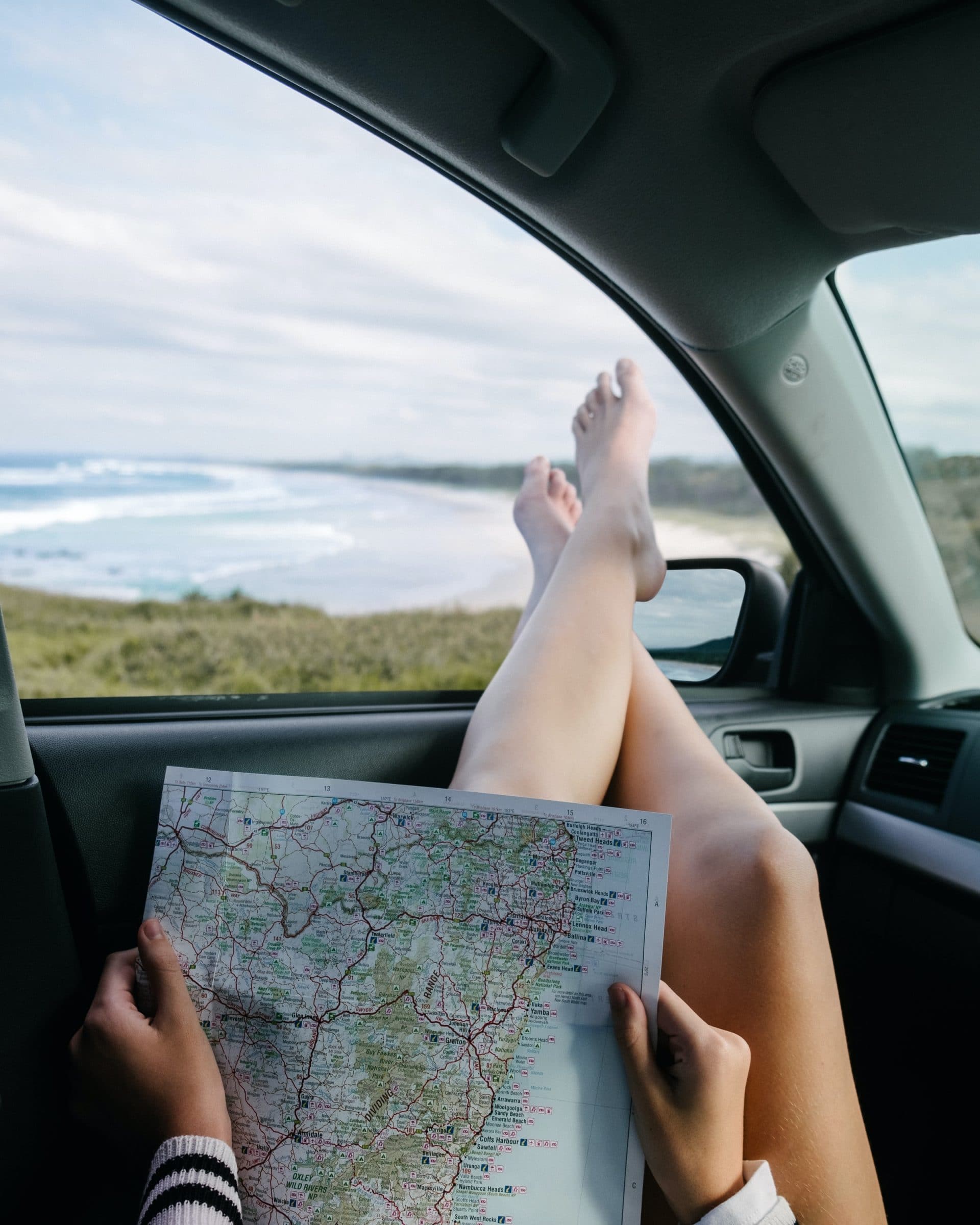
Quality maps and RV forums and apps will reveal a host of unpublished attractions you haven't thought of before. Information about all the gorges, waterholes, waterfalls and spectacular scenery in a region is often omitted from local tourist offices and National Park brochures. You will quickly miss or overlook a lot with the highlights, so always consult multiple sources.
Secret Places in Australia
That's it in northern Western Australia is a perfect example. For local tourist advice you should visit a few beaches of Coral Bay before heading inland to arrive at Exmouth and the top of Ningaloo Reef. However, there is a hidden (public) dirt road that follows the coast and is therefore very quiet.
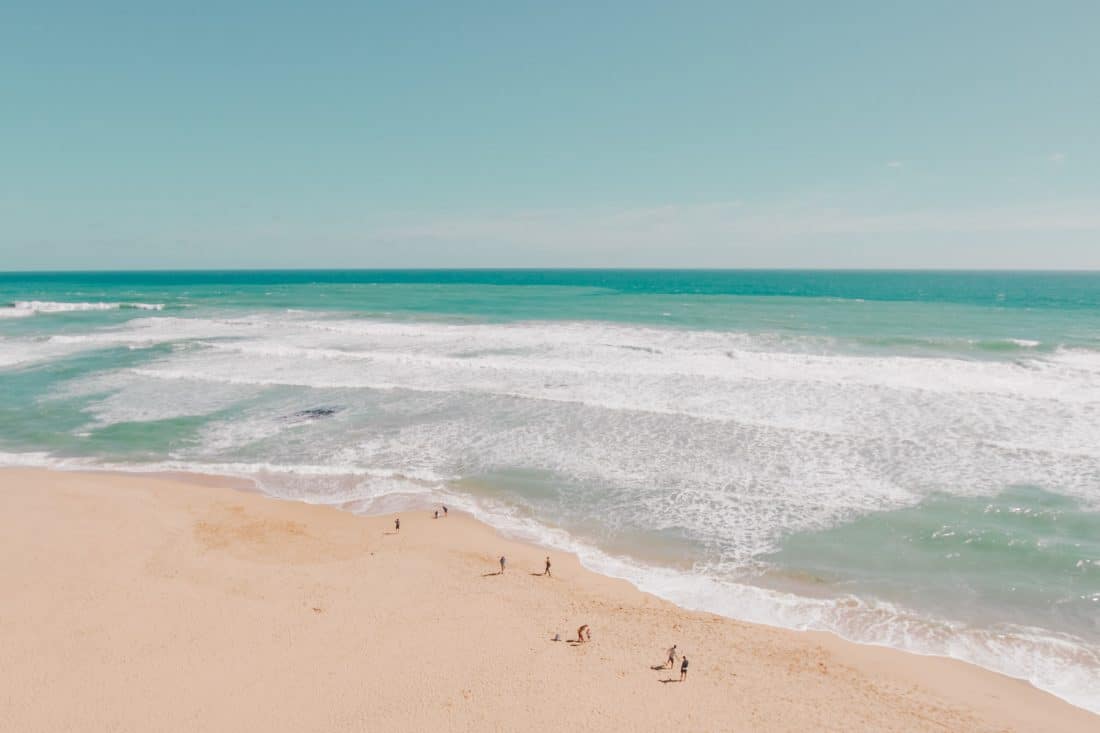
The beaches along this stretch are some of the most pristine you will ever find and it is possible to camping on local stations from $10 a night. Some people spend three months a year there! Such advice is never easy to find in official sources. Tourist offices, the Department of Conservation and local authorities like to keep everyone in one place – it's less work and less worry for them. You discover this kind of information from websites like this one; wereldreizigers.nl, or on public forums and from other people along the way.
When is the best time to travel to Australia?
That really depends on which part of Australia you will visit in which period. First choose the part you want to visit, and only then choose the right season! Are you tied to a specific travel time? First choose your season and adjust your travel plans accordingly. In Australia, it's very possible that someone is skiing in the southern snow mountains while someone else is baking in the north in 42 degree heat. In general, spend the summer in the south and the winter in the north.

The seasons in Australia
Summer – December, January, February
Autumn - March April May
Winter - June July August
Spring - September October November
The 'upper end' or extreme north experiences tropical weather referred to as the 'wet season' and the 'dry season'. The tropical wet season coincides with the austral summer and high temperatures, extreme humidity and massive rainfall are the norm. Roads and bridges can become impassable due to flooding and cities and communities are regularly temporarily closed in. Travel can therefore sometimes be severely restricted.
The tropical rainfall is spectacular. Stunning thunderstorms, huge waterfalls and crazy rivers. The tropical dry season is bathed in moderate to warm days and nights with balmy temperatures. Both seasons deserve a visit! The tropical dry season is a great time to escape the southern winter.












